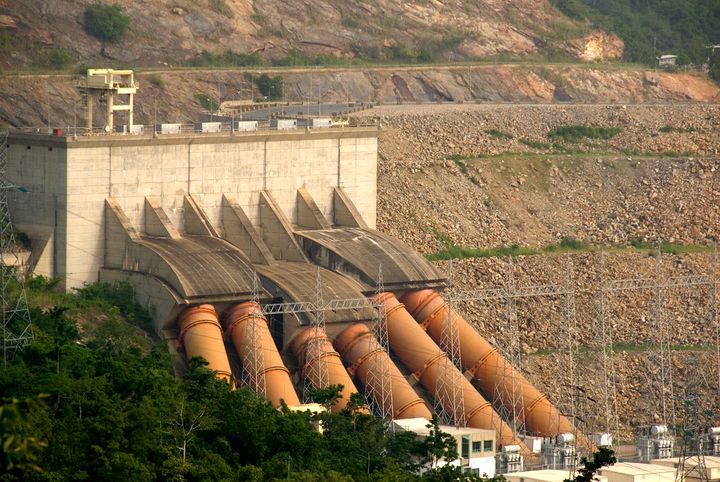China Cuts Steel Output for Green Objectives

The Lede: China is set to reduce its yearly crude steel production in 2023 for the third consecutive year, as the government enforces output restrictions in an effort to decrease carbon emissions and mitigate the environmental impact of heavy pollution.
What we know:
- Being the world’s largest producer and consumer of alloy, China’s annual production peaked at 1.053 billion tons in 2020 but has since decreased to slightly over one billion tons annually, Bloomberg reported.
- In the months of January and February, China's crude steel production amounted to 168.7 million tons, reflecting a 5.6% increase compared to December.
- The industry is responsible for approximately 15% of the country's emissions, ranking it second only to power generation in terms of national emissions.
- Under this initiative, the government will also enforce constraints on the development of new steel manufacturing capabilities.
The background: China’s steel production has seen consistent growth since the early 2000s due to rapid industrialization and urbanization, which fueled demand for steel in the infrastructure, construction, and manufacturing sectors.
In 2019, China produced approximately 996.3 million tons of crude steel, making it the world's largest steel producer. But the trend began to change in 2020. In response to the economic challenges brought by strict COVID-19 containment measures, the Chinese government implemented a series of stimulus policies aimed at bolstering its economy. A significant focus of these policies has been the property market, as real estate plays a vital role in China's economic growth and stability. The government's clampdown on the real estate market has contributed to a decreased demand for the alloy.
Since 2021, the government has also mandated annual output cuts in crude steel production to curb carbon emissions, resulting in a gradual decline in steel output. The industry now faces a dual challenge: balancing the need for steel in various sectors while adhering to environmental targets set by the government.
Likely outcomes
- The steel sector has been assigned a goal of reaching peak emissions by 2030, in line with the broader economic target. However, if the production continues to decrease throughout the decade, the objective may be achieved earlier.
- Although Beijing still employs substantial incentives to boost economic growth, the percentage of steel consumption is diminishing as the economy shifts towards infrastructure with a reduced reliance on metal.
- Major global miners, including Australia's BHP Group and Brazil's Vale SA, depend on China's steel mills for significant iron ore production. This means that reduced demand could impact their profits, especially if China’s steel production continues a downward trend in the coming years.
- A report from S&P Global Ratings predicts that a mild resurgence in China's steel markets is anticipated this year, propelled by a combination of modest growth in the real estate sector and robust infrastructure investments, which might support a rebound in steel demand.
Quotables:
- “We need to accelerate the green transition. It is important to harness innovations in science and technology to transform and upgrade our energy and resources sectors as well as the industrial structure and consumption pattern, promote a greener economy and society, and explore a new pathway forward that coordinates development with conservation.” - Xi Jinping in 2021.
- “For far too long, China was routing its cheap steel into the U.S. via Europe and other markets, which drove down prices and made it essentially impossible for America's steel and aluminum industry to compete and, of course, in so doing, hurting the industry and hurting our workers.” - Gina Raimondo, U.S. Secretary of Commerce in 2021.
Good Reads:
China Jan-Feb Crude Steel Output up 5.6 % on Yr - Stats Bureau (U.S. News)
China to Cut Steel Output For Third Year to Hit Green Goals (Bloomberg)
US, EU compromise on steel levy, seek carbon deal to curb China (Roll Call)



